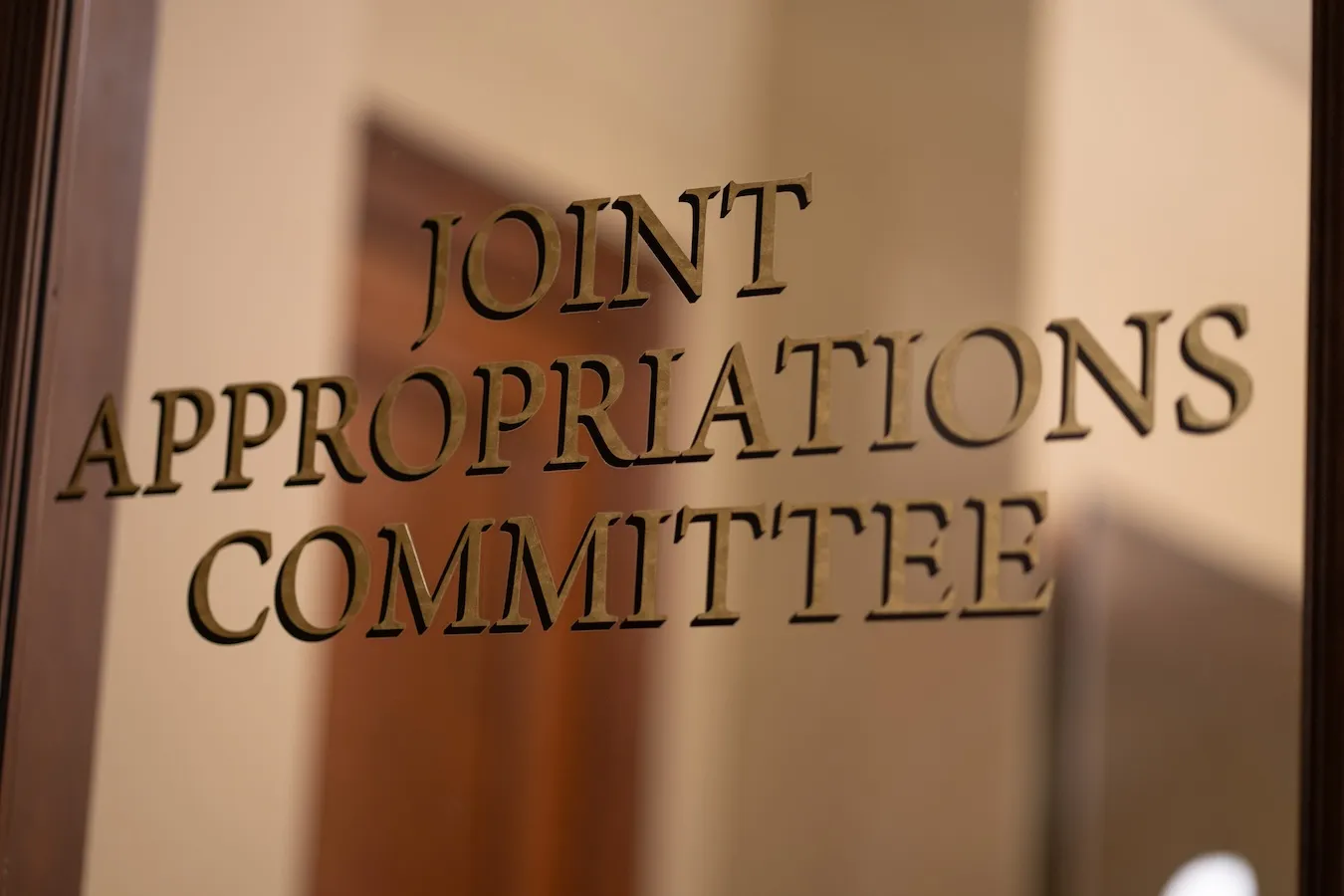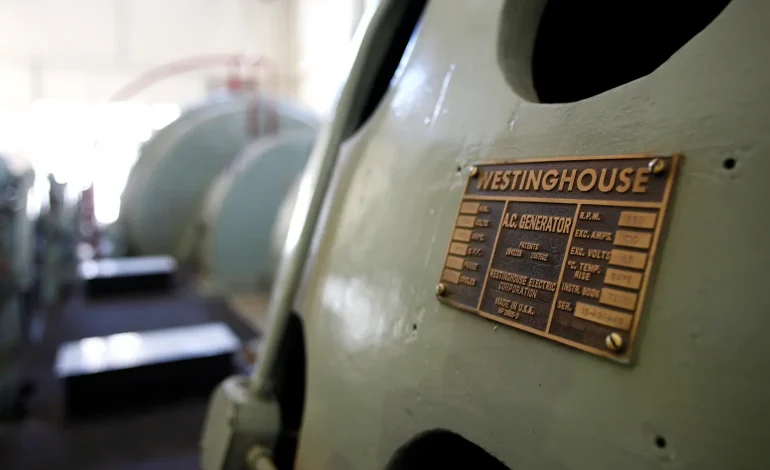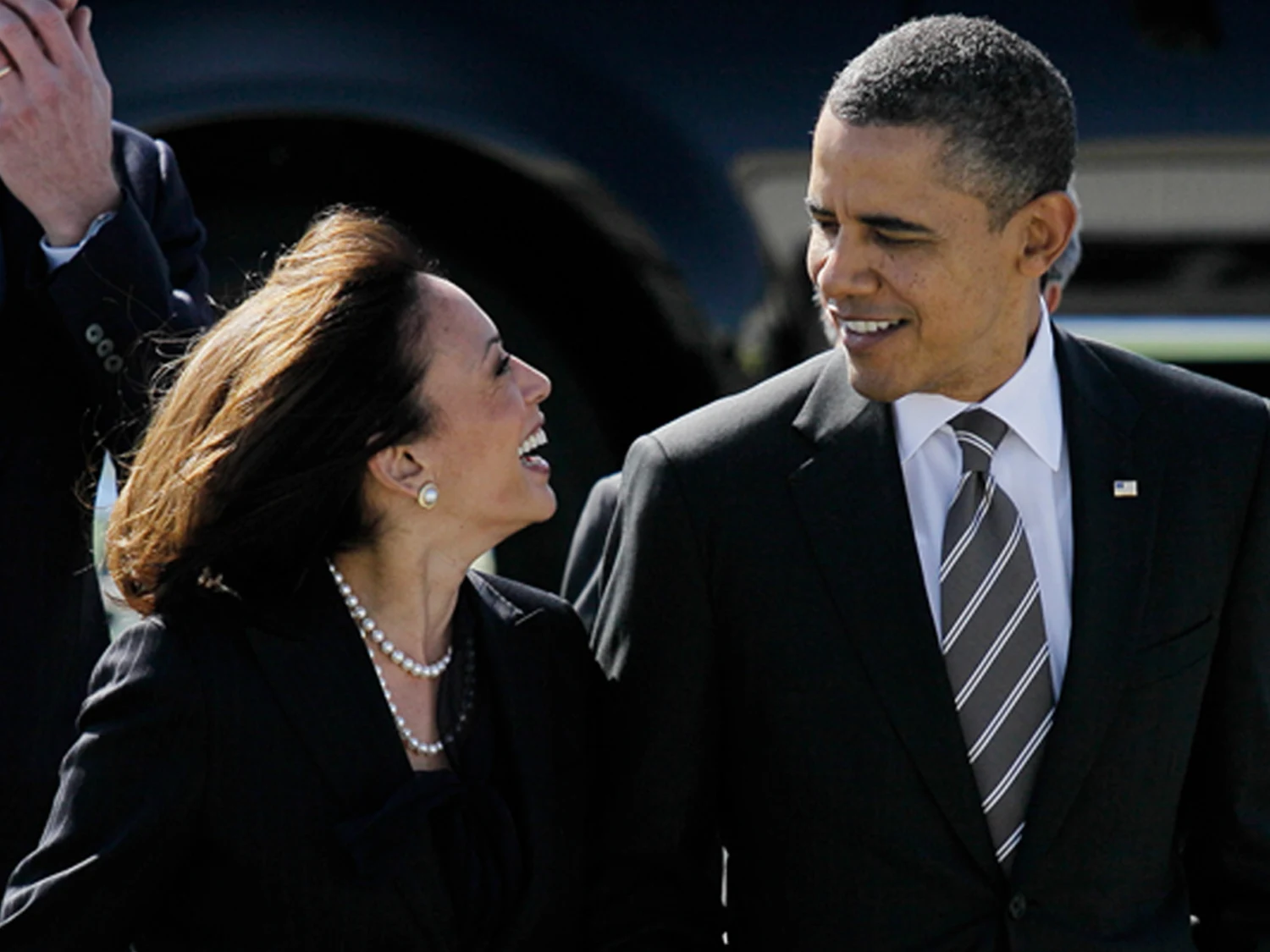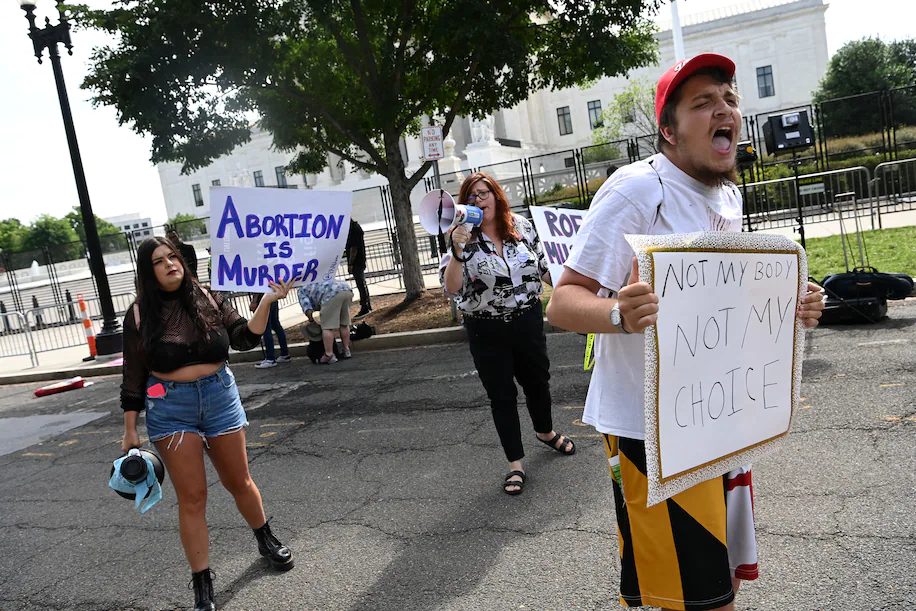Nuclear technology firm Westinghouse Electric Company is actively pursuing the development of up to 10 large nuclear reactors in the United States, following new executive orders from President Donald Trump aimed at accelerating domestic energy infrastructure approvals, according to a report by the Financial Times.
Westinghouse Interim CEO Dan Sumner told the Financial Times that the company is engaged in discussions with US officials and private sector partners to support the administration’s push for expanded nuclear power capacity. The effort comes in the wake of a May 23 directive from the White House, which instructed federal agencies to streamline licensing procedures for nuclear plants and reduce regulatory timelines from multiple years to a targeted 18 months.
Sumner said Westinghouse is “uniquely positioned” to fulfill the administration’s objectives, citing the company’s fully licensed AP1000 reactor design, an established supply chain, and its recent completion of two AP1000 units at Plant Vogtle in Georgia — currently the only new nuclear construction in the US.
“There is active engagement with the administration, including key points of interface with the loan programs office, recognizing the importance of financing to the deployment of the model,” Sumner told the Financial Times.
Westinghouse, a long-standing player in the nuclear industry, has not yet publicly confirmed details of the proposed reactor sites or project timelines. The company has not responded to additional media inquiries as of Monday morning.
President Trump has emphasized nuclear power as a central component of his domestic energy strategy, with the recent orders intended to reduce bureaucratic hurdles and revitalize investment in the nuclear sector. The initiative aligns with broader efforts to enhance energy independence and promote carbon-free baseload power sources.
While interest in nuclear energy has grown in recent years due to climate concerns and grid reliability, the industry still faces challenges, including high upfront costs, long construction periods, and regulatory complexity. Proponents argue that new technologies and streamlined permitting could help overcome these barriers.
The proposed expansion by Westinghouse represents a significant potential boost for US nuclear generation capacity, which currently accounts for roughly 19% of the nation’s electricity, according to the Energy Information Administration.
With input from New York Post reports.










The latest news in your social feeds
Subscribe to our social media platforms to stay tuned